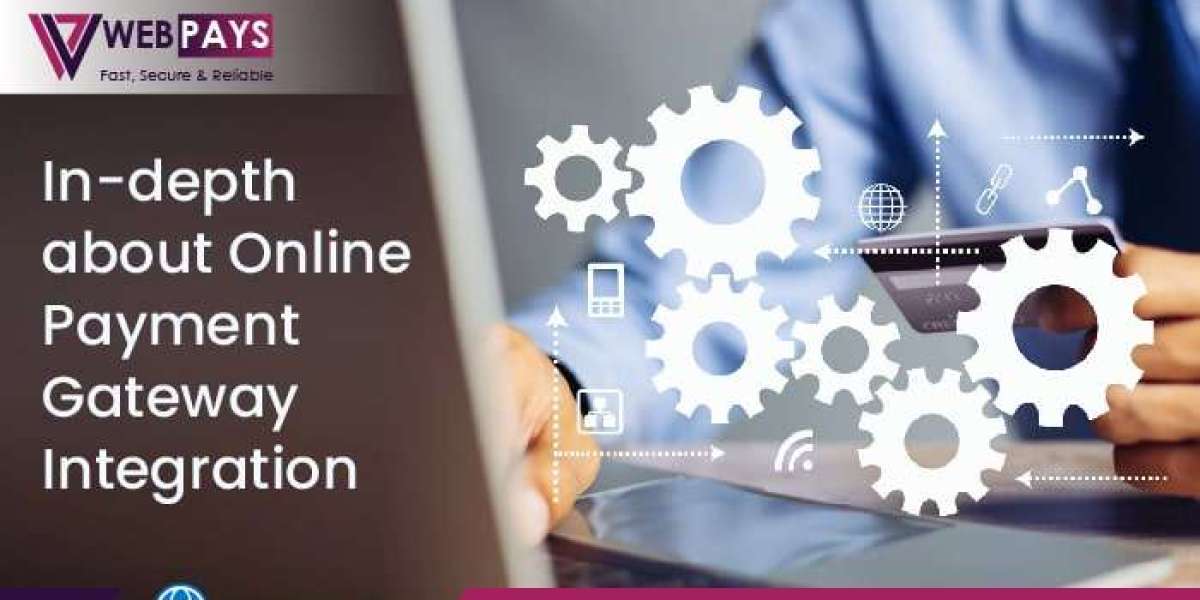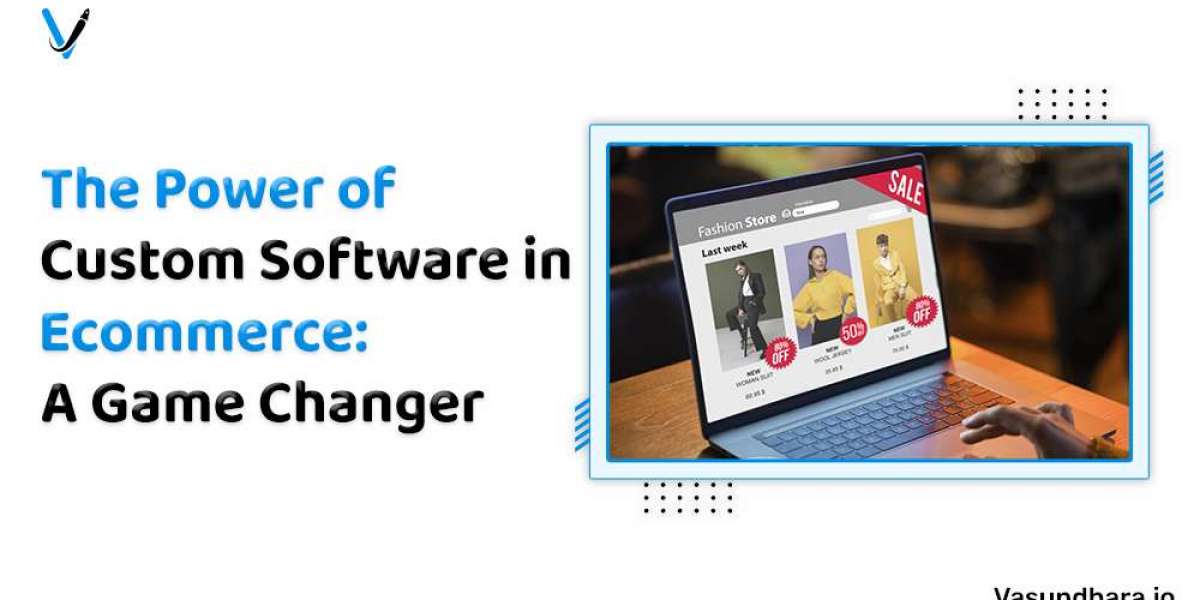Today, online payment gateway integration has become an integral part of eCommerce operations helping businesses leverage credit card processing solutions offered by top credit card processors to seamlessly transact with customers across the world. However, this integration is not without its share of pain points and challenges.
In this blog, we'll be reading about the key aspects, challenges, pain points, and best practices associated with online payment gateway integration.
Pain Points and Challenges
- Data Security: The world of credit card processing solutions from top credit card processors is a ride of challenges and solutions. Today, hackers are like bees to honey, especially with so much sensitive data floating around.
- Integration Complexity: Different payment gateways offered by different top credit card processors have varying documentation and APIs that make integration a technically challenging task. Moreover, compatibility issues with different eCommerce platforms and content management systems may further complicate things.
- Legal Frameworks: Businesses need to adhere strictly to stringent diverse international and regional regulations that may be complex to interpret. For instance, compliance with the Payment Card Industry Data Security Standard (PCI DSS) can be overwhelming.
- Mobile Optimization: Seamless user experiences get compromised when customers are redirected to external pages during the payment process. Furthermore, it is a complicated thing to manage smooth payment experiences across different devices, especially mobile.
Characteristics of Good Online Payment Gateway Integration
- Secure transmission should be prioritized via end-to-end encryption of sensitive data.
- The risk of data breaches should be minimized through tokenization when it comes to securely storing payment data.
- The payment gateway should have minimal downtime to prevent disruptions in transactions.
- Quick processing times and instant payment notifications should contribute to a positive customer experience.
- Real-time monitoring should be implemented to detect and prevent suspicious activities. Alerts should also be set up for unusual transaction patterns or high-risk activities.
- Extra security layers such as multi-factor authentication, SSL encryption, strong passwords, one-time codes, or biometrics should be present to prevent data breaches, identity theft, and fraud.
- A simple, intuitive, and responsive user interface is highly recommended to enhance usability. Clearly label buttons, provide helpful tooltips, and offer unambiguous instructions.
- Online Payment Gateway Integration should be compliant to industry standards and security regulations such as PCI DSS, GDPR, etc.
- Smoother integration processes should be facilitated by well-documented APIs and developer resources.
- User experience should be enhanced at every step of the buyer journey such as reducing steps in the checkout process.
- The payment gateway should scale alongside the growth of a business, accommodating increased transaction volumes.
- Regular security audits and penetration testing should be performed to proactively identify and address vulnerabilities.
Conclusion
At WebPays, we take pride ourselves on being the industry leader, providing the most secure and customer-centric payment gateway. We also offer a wide range of out-of-the-box, scalable, and purpose-driven integrations that are developed and maintained with our strategic integration partners.
Explore the best of credit card processing solutions from the best of top credit card processors. Contact us now for a free, unconditional quote.



